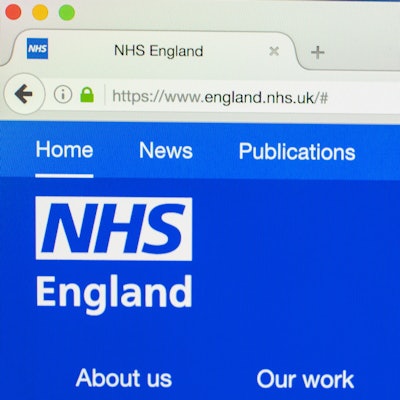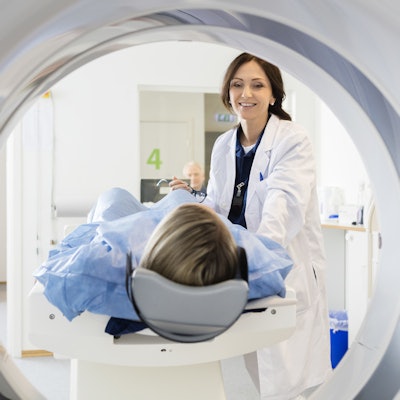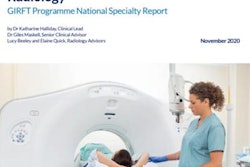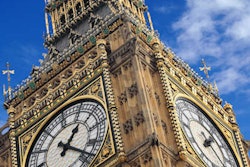
England could see the creation of "one stop shop" diagnostic centers on the high street and in retail parks if a high-level, comprehensive plan proposed to the National Health Service (NHS) comes to fruition.
In an 86-page report published on 1 October, Prof. Sir Mike Richards recommended overhauling MRI, CT, and other diagnostic services in order to bring imaging closer to patients. The chief executive of the NHS tasked Richards, the chief inspector of hospitals for the Department of Health and Social Care's Care Quality Commission, to review diagnostic services and offer a better way forward.
The document advises the NHS to create "one stop shop" diagnostic hubs that provide crucial outpatient imaging services. Separating emergency and elective diagnostics could mitigate waits for patients and improve access to diagnostic imaging in accident and emergency (A&E) departments, it noted.
Workforce expansion
Richards also advocates expanding the imaging workforce with 2,000 additional radiologists, 4,000 more radiographers, and an increase in other support staff. It further proposed doubling the capacity of CT scanners over five years, perhaps saving the NHS money if leadership buys new CT and MRI machines in bulk.
 The new report calls for a doubling of CT scanning capacity.
The new report calls for a doubling of CT scanning capacity.The report is part of the NHS Long Term Care Plan to improve quality of life care for cancer, strokes, heart disease, and respiratory conditions. Richards, who was also the first NHS national cancer director, presented his proposal to the NHS England and NHS Improvement board.
"The pandemic has brought into sharper focus the need to overhaul the way our diagnostic services are delivered. While these changes will take time and investment in facilities and more staff, it is the right moment to seize the opportunities to assist recovery and renewal of the NHS," Richards stated in an NHS release.
"Not only will these changes make services more accessible and convenient for patients but they will help improve outcomes for patients with cancer and other serious conditions," he added.
Radiology's response
The Royal College of Radiologists (RCR) and the Society and College of Radiographers (SCoR) have broadly welcomed the recommendations, saying the proposals could be a way forward for imaging in the NHS, which has been plagued by long waits over recent years.
"If they are implemented with commitment and speed, these proposals have the power and potential to bring about real improvements to patient outcomes and cut waiting times," noted RCR president Dr. Jeanette Dickson in a statement issued on 2 October.
The widespread creation of COVID-secure community-based diagnostic hubs can be a positive development, as long as the strategy is properly implemented and resourced, she said. New patient pathways, including triaging to separate urgent and elective patient care, can help to improve time to diagnosis and give acute providers the breathing space they need to manage elective and emergency care simultaneously, she added.
"Welcome moves have been made over the past year to upgrade and expand scanning capacity, but swathes of the existing NHS equipment base remains outdated," Dickson pointed out. "The recommendations to double CT scanning capacity and upscale other machines in line with increasing demand are pivotal, as both new community diagnostic hubs and existing hospital imaging services need equipping with machines fit to deliver 21st century care."
In a statement, SCoR President Chris Kalinka said, "We call on the report's findings and recommendations to be supported, fully funded and implemented in a timely fashion."



















